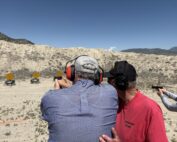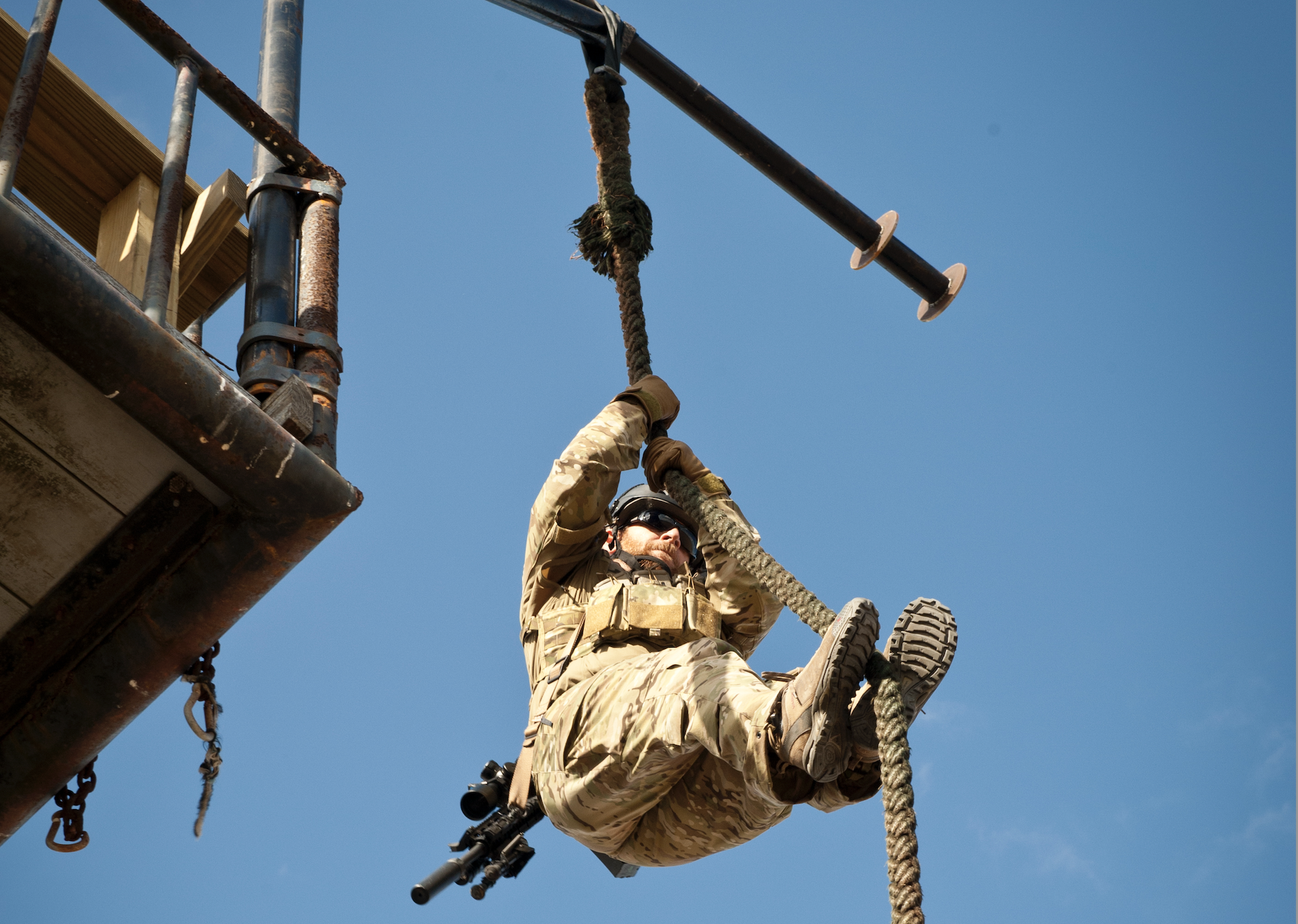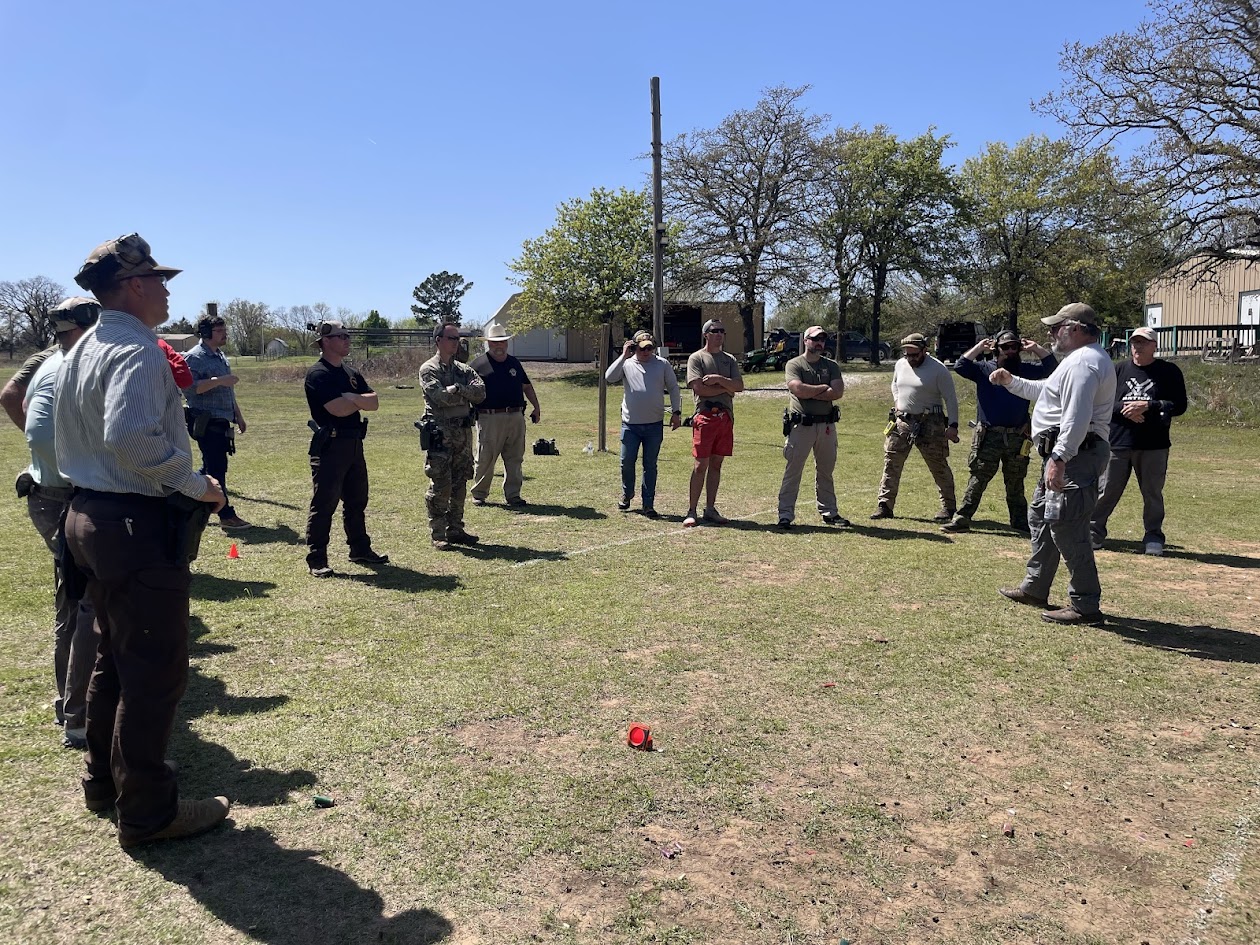
AC-100621-Attack-Cycle-800
Home invasions, random muggings, peaceful protests, a mob of people attacking your vehicle when you and your family are in it, being subject to ‘the knockout game’ and the like are all undesired events. Such bad things that happen to good people don’t just occur out of the blue. Instead, they are the result of a series of cumulative events occurring in a specific order in a predictable cycle of action.
If it’s predictable it’s preventable. To exploit this predictability is to know that there are two types of attack; a coordinated attack, which involves the participation of more than one person or actors, and an uncoordinated attack, referencing only a single person or actor.
UNCOORDINATED ATTACK CYCLE
The steps of this cycle of action describe the attack-related behavior of an uncoordinated attack. They are best illustrated by travelling with your mind’s eye to a geographical region in Africa located in Northern Tanzania and into south-western Kenya, also known as the Serengeti.
In the Serengeti, the lion is motivated by hunger. The start of his attack-related behavior is looking for prey.
Step : Look. There are two choices—critters who look like easy prey and those who don’t.
Step 2: Choose. From the predator’s optic, which is the softer target? The next step in the process is to stalk.
Step 3: Stalk. When stalking, a predator does two things: verify and plan. First, he observes his prey and confirms that prey is indeed his best target. If he observes that his potential prey is alerted to the pending attack, then that target is probably not the best choice. Second, upon verification, the predator plans on how to close in on his prey from his current physical location.
Completing the stalk phase (target verification and planning), it’s now time to execute the plan by moving from his current physical position to one of advantage in preparation for attack.
Step 4: Close. Once in position, the final step in the cycle is to execute the attack.
Step 5: Attack.
Known as the attack cycle, each step of this fundamental cycle represents the individual movie frames of attack-related behavior.
In the animal kingdom, the attack cycle ensures the balance of the ecosystem. Applied to a human predator, the attack cycle describes the execution of the same five steps that the predator must follow to be successful in an attack. There are four pre-attack behaviors exhibited by the actor, resulting in an uncoordinated attack. Each of these occurs in sequence and are individual stages or “phases of activity.”
COORDINATED ATTACK CYCLE
Prior to any coordinated attack there are four pre-attack behaviors exhibited by the predator. Each of these occurs in sequence and is an individual stage or “phase of activity” resulting in a coordinated attack. Focus is placed on the details of these four stages, including specific pre-attack behaviors, which are listed in order.
The first is the consideration phase. The second is the planning phase. The third is the preparation phase. The fourth is the advance phase. These steps define attack-related behavior of a coordinated attack.
For example, a group of young aggressive men enter phase one of a coordinated attack by considering playing the knockout game—that is approaching an unsuspecting individual in the street and strike them so hard that it knocks them to the ground. Following their consideration, they need to make plans to incorporate next-step details such as when, where, how and other specifics.
Following the planning stage, they need to prepare for the attack by choosing a location, time of day, potential target(s) and other such details.
Preparations may include a stakeout of the threat area to collect such information as observation of any law enforcement that may or may not be present, other passersby and the like. After preparations are made, and at a pre-determined time, the actors advance toward the target area. Once they are in position and the “go” signal is given, they execute their attack.
Both the coordinated attack and the uncoordinated attack cycles comprise five steps and each with four pre-attack behaviors. Regardless of which attack cycle, all five steps must be followed to ensure a successful attack. Even one step cannot be omitted or occur out of order. Each must be followed one step at a time and in this exact sequence or the attack will fail—which also makes the other steps predictable. Affect just one step of the attack cycle and the entire effort is forfeit.
In one real-world example, an elderly gentleman who was aware of his environment, notice such a group looking directly at him. Just by them noticing that this man was on to them, eliminated their element of surprise and defused the situation. The elderly gentlemen had disrupted their attack cycle and made them react to him. The split second you cause a predator to react, you have accomplished five objectives:
1. You have disrupted the attack cycle.
2. You have placed him/ them on the alert.
3. You have taken the initiative from him/ them.
4. You have moved to the front of the action-reaction power curve.
5. You have prevented an attack.
Yes, it is possible that you can find yourself in the wrong place and at the wrong time, but there is a very high likelihood of being subjected to a coordinated or uncoordinated attack.
Knowing how attack cycles work empowers you to recognize the type of attack, pre-attack behaviors, each of the steps corresponding to those behaviors and the opportunity to intervene.


 (No Ratings Yet)
(No Ratings Yet)












